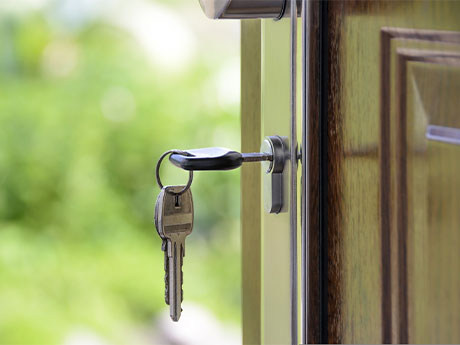WASHINGTON, D.C. — In the face of economic insecurity, high living costs and inflation, some cities are considering implementing rent control measures. Municipalities in New York and California have taken steps toward enacting further rent control measures, while other states, such as Nevada, are shooting down these ideas entirely.
Rent control measures are government regulations that place a limit on the amount a landlord can charge to lease a home or renew a lease. These regulations are intended to keep living costs affordable for renters, particularly for tenants earning lower incomes. Once signed by a governor or passed through referendum, rent control regulations are legal and binding.
As of 2022, only five states — California, Maryland, New Jersey, New York, Oregon and Minnesota — and the District of Columbia have rent control laws in place. Thirty-one states have pre-emptions that prevent rent control policies, including Florida, whose state law bans local governments from controlling the price of rent except in certain cases.
But according to the Washington, D.C.-based National Multifamily Housing Council (NMHC), several cities in Florida have nonetheless been working to place a rent control referendum on their November ballots. In both Tampa and St. Petersburg, city councils rejected these efforts, but county commissioners in Orange County have approved a resolution sending rent control to the ballot. Additionally, Lake Worth declared a housing state of emergency, with potential plans to implement rent control in the future.
In Nevada, the Culinary Workers Union Local 226 supports placing rent control on the North Las Vegas ballot for midterm elections. In early August, the North Las Vegas city clerk blocked these efforts, and the city council has since upheld the decision. Union officials announced that they would not challenge the city’s decision in court, but resolved to continue pushing for the enactment of rent control measures at the county level.
The city of Kingston, New York, declared a housing state of emergency in September and adopted a rent control policy in August. The policy extends to buildings with six or more units built prior to 1974. Kingston is the first city in UpstateNew York to enact rent control measures.
Richmond, California’s city council has voted in favor of placing a rent control referendum on the November ballot that would cap rent increases at 3 percent of a tenant’s existing rent. Pasadena, California, has also voted in favor of placing a rent control referendum on the November ballot.
The state of California has had statewide rent control laws in place since the beginning of 2020. The law states that landlords can increase rent by no more than 5 percent each year, plus a local cost of living increase allowance of up to 5 percent. This does not apply in cities and counties that have enacted their own rent control. In Oxnard, California, for instance, rent increases are limited to 4 percent annually, and only one increase may occur in any 12-month period.
Voters in St. Paul, Minnesota, approved rent stabilization measures that capped rental increases at 3 percent in November of last year. However, St. Paul City Council Member Chris Tolber recently introduced a proposal that would provide a 20-year exemption for new construction. Some federally subsidized housing also would be exempt from the law.
The official position of NMHC as well as the National Apartment Association (NAA) is that rent control exacerbates housing shortages, causes existing buildings to deteriorate and disproportionately benefits higher-income households. NMHC and NAA are in favor of alternatives, such as voucher-based rental assistance, to better address affordable housing shortages.
— Channing Hamilton


